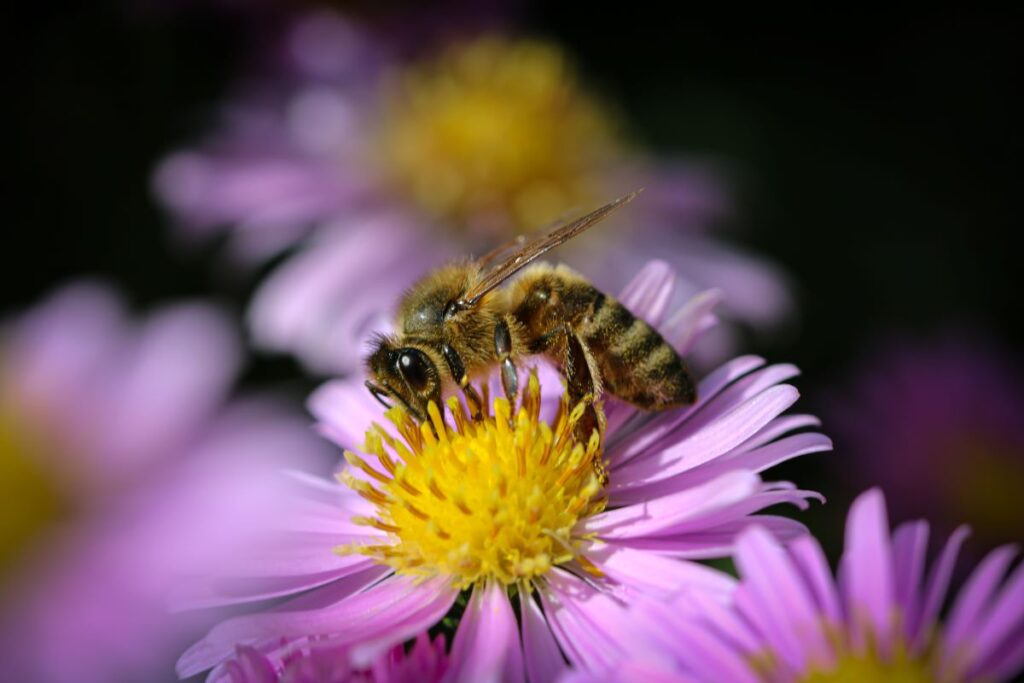Physical Address
304 North Cardinal St.
Dorchester Center, MA 02124
Physical Address
304 North Cardinal St.
Dorchester Center, MA 02124

There’s something so magical about honey, especially when it comes right from the Smoky Mountains. Whether you spread it on toast or stir it into tea, honey brings a bit of nature right to your table.
But there’s much more to this golden goodness than just its taste! Let’s check out some sweet facts about this sticky liquid.
Not all bees make honey, but honeybees (specifically the European honeybee, Apis mellifera) are the stars of the show when it comes to this sweet treat. To start, worker bees venture out of the hive to collect nectar from flowers. If you’ve ever watched bees buzzing around wildflowers, they’re on a mission to gather nectar. Once they fill up, they head back to the hive, where the magic happens.

Bees transfer the nectar to other worker bees inside the hive, who chew on it for a bit, breaking it down with enzymes. Then, they store it in honeycombs and fan it with their wings to evaporate the moisture, turning it into thick, sticky honey. The honey is sealed with beeswax, keeping it fresh until the bees (or humans!) need it.
Bees thrive in the Great Smoky Mountains thanks to the diversity of flowering plants. Honeybees are hard at work in the Smokies, traveling around meadows, forests, and gardens. While wild bee colonies are tucked away in hollow trees or old logs, many beekeepers in the region manage hives to collect this liquid gold.
You can often find these hives in local farms or even tucked into the backyards of Smoky Mountain homes. If you’re lucky, you might spot some honey stands on the roadside selling local honey straight from these home-grown hives.

Many folks in the Smokies have taken up beekeeping as a hobby, and gathering honey from a home hive is quite the process! Beekeepers use a special smoker to calm the bees before carefully removing the honeycombs from the hive. After scraping off the wax caps that seal the honey, the combs go into an extractor, which spins them to release the honey.

It’s then strained to remove any leftover bits or wax, leaving pure, clean honey behind. Some people like to leave their honey raw, while others lightly heat it for purification before bottling. Either way, you’re getting a taste of the Smoky Mountains in every spoonful.
Honey is delicious AND full of benefits! Here are a few ways honey can give your health a little boost:
There’s a lot of buzz (pun intended) around honey, but not everything you hear is true. Here are three common myths about honey:
Smoky Mountains honey is a reminder of the incredible biodiversity this area offers. Honey from the Smokies supports local beekeepers and helps preserve the health of our ecosystem. Bees are valuable pollinators, and every jar of honey represents their hard work keeping nature in balance.
So, the next time you drizzle honey on your oatmeal or slather it on a biscuit, remember where it comes from. And if you ever get a chance, look for some local Smoky Mountain honey—taste the elixir of the mountains.

“Well,” said Pooh, “what I like best—” and then he had to stop and think. Because although Eating Honey was a very good thing to do, there was a moment just before you began to eat it which was better than when you were, but he didn’t know what it was called.” – The House at Pooh Corner by A.A. Milne